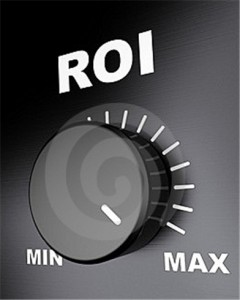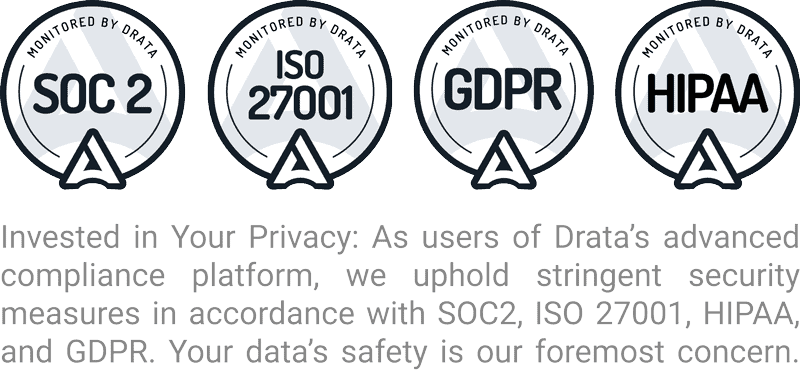Calculating Email Marketing ROI: How it Works
 According to the most recent Direct Marketing Association Power of Direct Marketing report, in 2011 calculating email marketing ROI returned $40.56 for every dollar spent. This blew away other touch points including:
According to the most recent Direct Marketing Association Power of Direct Marketing report, in 2011 calculating email marketing ROI returned $40.56 for every dollar spent. This blew away other touch points including:
- Search engine – $22.24
- Desktop display ads – $19.72
- Mobile display ads – $10.51
- Catalogs – $7.30
EmailStatCenter.com revealed in its 2010 Compensation & Resources Study that “70% of email marketers say they don’t have enough staff to prove (email marketing) ROI”. In addition, ClickZ claims that “44% of email marketers measure their email program using ‘customer engagement’ as a yardstick”.
It should be no surprise that email is among the most popular marketing channels available. If you’re not using email as a marketing tool, you should. But it’s not all about blasting messages and engaging respondents. The metrics should support your campaigns or money is being lost. So how do you determine the return on investment? Let’s take a look.
Email Campaign Results
The first step is to input data from your completed campaign into a formula. There are some online calculators that will compute the results for you. When you are examining your email campaign results a few of the generally accepted data points to include are
- Number of email records (total list count)
- Response rate (% of responses against total blast)
- Conversion rate (% of respondents who purchased)
- Unique buyers (first-time purchasers)
- Average profit per sale
- Campaign costs
- Creating message (in house or contracted)
- Delivery (Constant Contact, etc.)
- Analytics (reporting and analysis costs)
Analyze Email Campaign Results
The next step is to review the results each campaign. Each company may use different metrics to judge the success or failure of a campaign, but some of the critical data points include
- Number of responses (total opens, click-throughs, replies)
- Number of buyers (Web purchases via landing pages or site links)
- Cost per response (total dollars responses)
- Cost per buyer (total dollars buyers)
- Cost per first-time purchaser (total dollars new buyers)
- Cost per address (total dollars total records)
- Total profit from campaign
Keep in mind that ROI should not be calculated until a sufficient period of time has passed to allow for purchases to take place (up to 60 days following a campaign). Multi-release campaigns require a longer window to more accurately determine cost per purchase.
As with any business cost center, email marketing should be examined to ensure that marketing dollars are being well spent. ROI from lead nurturing email campaigns requires some different computations but is just as important as determining ROI from a direct marketing email campaign. Although email is not the holy grail of marketing avenues, statistics show a significant bang for the buck. The key is to keep track of the bang from each buck.
Let us know if you have other metrics you use for measuring your email marketing ROI. For more automated marketing strategies talk with a Lead Liaison account representative today!


